“I just need to connect one more computer to my network, but I’m out of ports…” This common networking issue leads many people to consider Ethernet splitters as a quick fix.
Ethernet splitters are simple devices that let you connect two devices using a single Ethernet cable. While they seem like a perfect solution, many users worry about their impact on network speed.
This guide explains Ethernet splitters, how they work, and – most importantly – how they affect connection speed. We’ll compare splitters with switches, look at real-world speed examples, and help you decide if splitters are right for your setup.
By the end, you’ll know exactly when to use splitters and when to choose alternative networking options for better performance.
What are Ethernet Splitters?
Ethernet splitters are small, basic networking tools that allow you to connect two devices using a single Ethernet cable.
They’re small boxes or adapters with three RJ45 ports one port connects to your network source, and the other two ports let you connect two separate devices.
These simple devices work by using the extra wires inside a standard Ethernet cable. A typical Ethernet cable contains eight wires, but basic connections only use four of these wires.
The splitter takes advantage of this by splitting the eight wires into two separate connections, each using four wires. It’s important to understand that splitters are different from other network equipment.
Unlike network switches or routers, splitters don’t process data or make decisions about where to send information. They provide a physical split of the wires inside the cable.
People commonly use Ethernet splitters in these situations:
- When wall outlets or network ports are limited
- In temporary setups where running additional cables would be difficult
- In small home offices where only a few devices need wired connections
- As a quick fix, when you need to connect an extra device but don’t have additional cables
Remember that you always need to use splitters in pairs, one at each end of the connection. The first splitter divides the signal, and the second one recombines it at the other end.
How Ethernet Splitters Work?
Ethernet splitters allow two devices to share a single Ethernet cable run. They do this by using the unused wire pairs in standard Ethernet cables, effectively splitting one cable into two separate connections.
|
Wire Utilization They use the extra pairs in Ethernet cables (which have eight wires, but 100 Mbps networks only need four). |
|
Paired Operation Splitters always work in pairs – one at each end of the cable. |
|
Signal Division The first splitter sends two network connections through different wire pairs in a single cable. |
|
Signal Separation The second splitter divides these signals back into two separate connections, |
|
Passive Design They work without power, simply redirecting signals through different physical paths. |
While this technique allows one cable to serve two devices, it’s important to remember this basic design also creates inherent limits on speed and functionality.
How Do Ethernet Splitters Affect Network Speed?
Understanding how Ethernet splitters impact your connection speed is crucial before adding them to your network setup.
Impact on Network Speed
Ethernet splitters impose several technical constraints that directly influence how fast your data can travel across the network.
-
Bandwidth Limitation: Ethernet splitters cap the maximum speed at 100 Mbps per connection, even if your network and devices support higher speeds like 1 Gbps (Gigabit Ethernet).
-
Shared Bandwidth: The total bandwidth is divided among the connected devices. If both devices are active, each may experience reduced speeds, especially if both are trying to use the network heavily at the same time.
-
Half-Duplex Operation: Splitters operate in half-duplex mode, meaning data can only travel in one direction at a time. This further reduces efficiency and increases the likelihood of network collisions and slowdowns.
-
No Signal Amplification: Splitters do not amplify or manage the signal, so longer cable runs can result in signal loss and further speed reduction.
Practical Scenarios
Knowing how splitters perform in common situations helps you decide if they’ll meet your specific networking requirements.
-
On a 100 Mbps Network: If your router and devices only support 100 Mbps, a splitter will not further reduce speed, but it will also not allow any speed above 100 Mbps.
-
On a Gigabit (1 Gbps) Network: Using a splitter will restrict your connection to 100 Mbps, wasting the potential of your faster network hardware.
-
Multiple Devices: If both connected devices are active, they will share the limited bandwidth, potentially causing noticeable slowdowns, especially during high-traffic activities like streaming or large file transfers.
Real-Life Speed Examples
These everyday usage situations show exactly what happens to your connection when using splitters for typical online activities.
- A single device streaming video might work fine at 100 Mbps
- Two devices streaming high-definition content simultaneously might experience buffering
- Online gaming through a splitter might show higher ping times
- Large file transfers will take longer compared to direct Gigabit connections
Does Splitting a Cable Always Slow Down Your Connection?
Splitting an Ethernet cable does not always slow down your connection, but it depends on how you split it and your network setup.
-
If you use a proper Ethernet switch, it does not reduce speed because switches manage traffic and provide dedicated bandwidth to each device. Gigabit switches have minimal to no impact on speed.
-
If you use a passive Ethernet splitter, it can limit your speed to 100 Mbps per device because splitters only use two pairs of wires per connection and are designed for Fast Ethernet (100 Mbps), not Gigabit Ethernet (1 Gbps).
-
Also, splitters share the total bandwidth between connected devices, so if multiple devices use the network heavily at the same time, each may experience slower speeds.
-
Splitters require paired devices at both ends of the cable and operate in half-duplex mode, which can further reduce efficiency.
Pros and Cons of Using Ethernet Splitters
Before adding splitters to your network, consider these benefits and drawbacks to determine if they’re the right solution for your setup.
Pros
Looking at the positive side, Ethernet splitters offer several advantages that make them useful in specific situations.
- Low Cost: Ethernet splitters are inexpensive compared to switches, making them attractive for small or temporary setups where only two devices need to be connected.
- Easy to Use: They are simple to install and require no configuration or power source.
- Compact and Portable: Their small size makes them easy to deploy in tight spaces or temporary scenarios.
- Cable Reduction: Splitters allow you to connect two devices using a single Ethernet cable, which can be useful in situations where running multiple cables is impractical.
Cons
Despite their benefits, Ethernet splitters come with significant limitations that might make them unsuitable for many users.
- Limited Speed: Splitters typically cap connection speeds at 100 Mbps per device, making them unsuitable for high-speed or data-intensive applications.
- Bandwidth Sharing: The two connected devices must share the bandwidth of a single cable, so heavy use by one device can slow down the other.
- Limited Device Support: Only two devices can be connected per splitter pair, which is restrictive for growing or complex networks.
- No Traffic Management: Splitters do not manage or optimize network traffic, potentially leading to network inefficiencies and collisions.
Ethernet Splitters vs. Ethernet Switches – What’s the Difference?
When looking to connect multiple devices to your network, you’ll likely encounter both Ethernet splitters and switches as options.
These networking tools serve similar purposes but operate differently, impacting performance, capabilities, and appropriate use cases.
|
Aspect |
Ethernet Splitter |
Ethernet Switch |
|
Function |
Passively splits one Ethernet cable into two connections |
Actively manages and distributes network traffic among multiple devices |
|
Device Support |
Connects only two devices per splitter pair |
Supports multiple devices (4, 8, 16, or more ports) |
|
Speed/Bandwidth |
Limited to 100 Mbps per device; cannot support Gigabit speeds |
Supports up to Gigabit or higher speeds per port |
|
Traffic Management |
No traffic management; simple signal splitting |
Smart routing, efficient data management, and collision avoidance |
|
Scalability |
Not scalable; only for small, simple setups |
Highly scalable; can expand by adding more ports or stacking switches |
|
Power Requirement |
No external power needed |
Requires external power supply |
|
Installation |
Simple, plug-and-play; no configuration needed |
May require more complex setup and configuration |
|
Cost |
Low cost |
Higher cost than splitters |
|
Use Case |
Basic, low-traffic scenarios (e.g., connecting two devices in a home/office) |
High-performance, multi-device networks (homes, offices, businesses) |
|
Advanced Features |
None |
May include VLANs, QoS, security, and monitoring features |
Summary: Ethernet splitters are simple, low-cost solutions for connecting two devices over a single cable, but come with significant speed and scalability limitations. Ethernet switches, while more expensive and requiring power, offer robust performance, advanced features, and support for many devices, making them the better choice for most modern networks.
The Bottom Line: Are Ethernet Splitters Right For You?
Ethernet splitters can be useful tools in the right situations, but they come with clear speed tradeoffs.
While they offer a quick, low-cost way to connect two devices with one cable, the 100 Mbps cap means they’re best for basic internet tasks rather than data-heavy activities.
For most home and office setups, switches remain the better option with their faster speeds, multiple connections, and smart traffic handling, despite the higher price tag and power needs.
Before making your choice, consider what you’ll be doing online and how many devices you’ll connect. Sometimes the simplest solution isn’t the best for long-term use!
What’s your experience with network splitters? Have you tried them in your setup? Drop a comment below and share your connection stories!

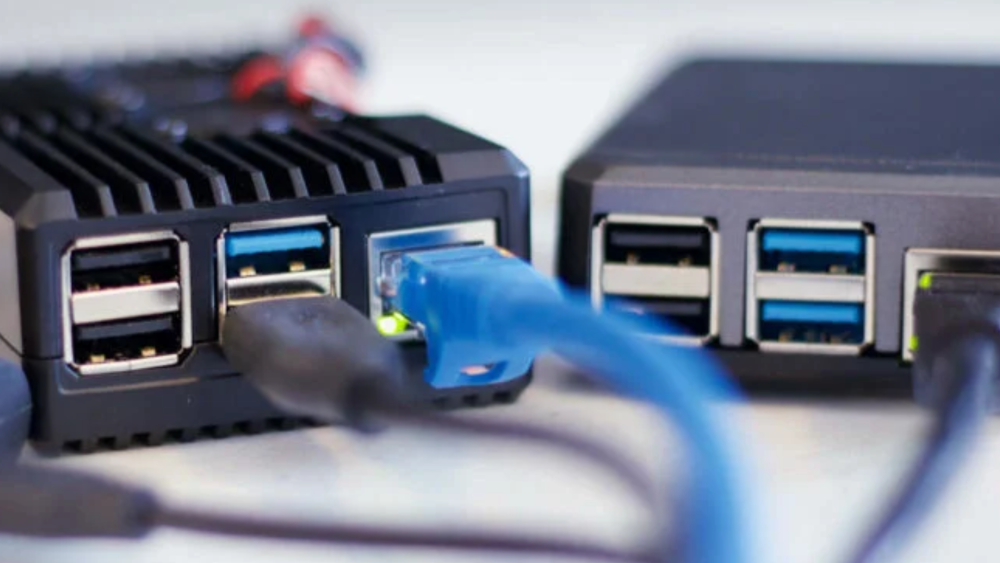
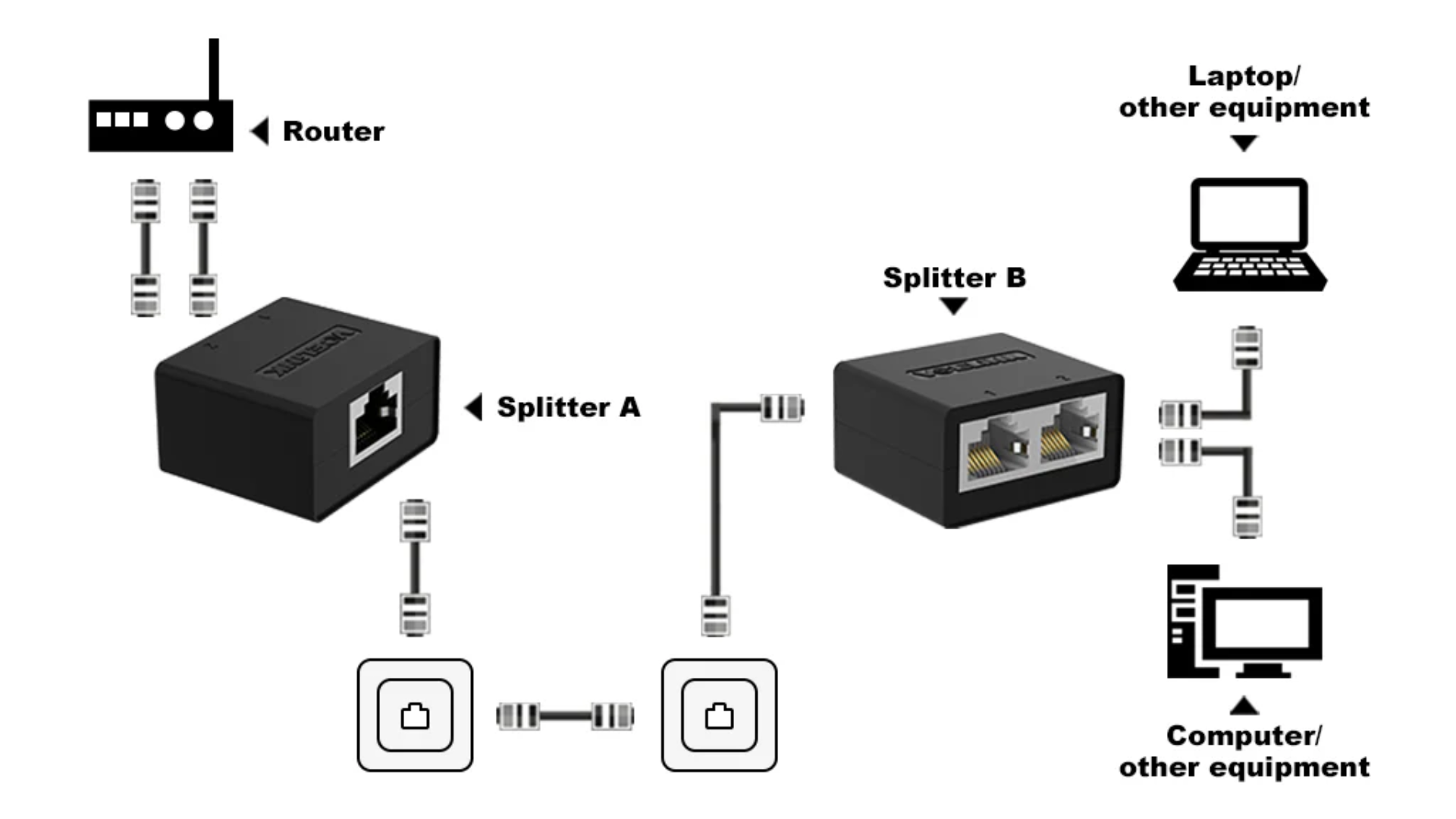
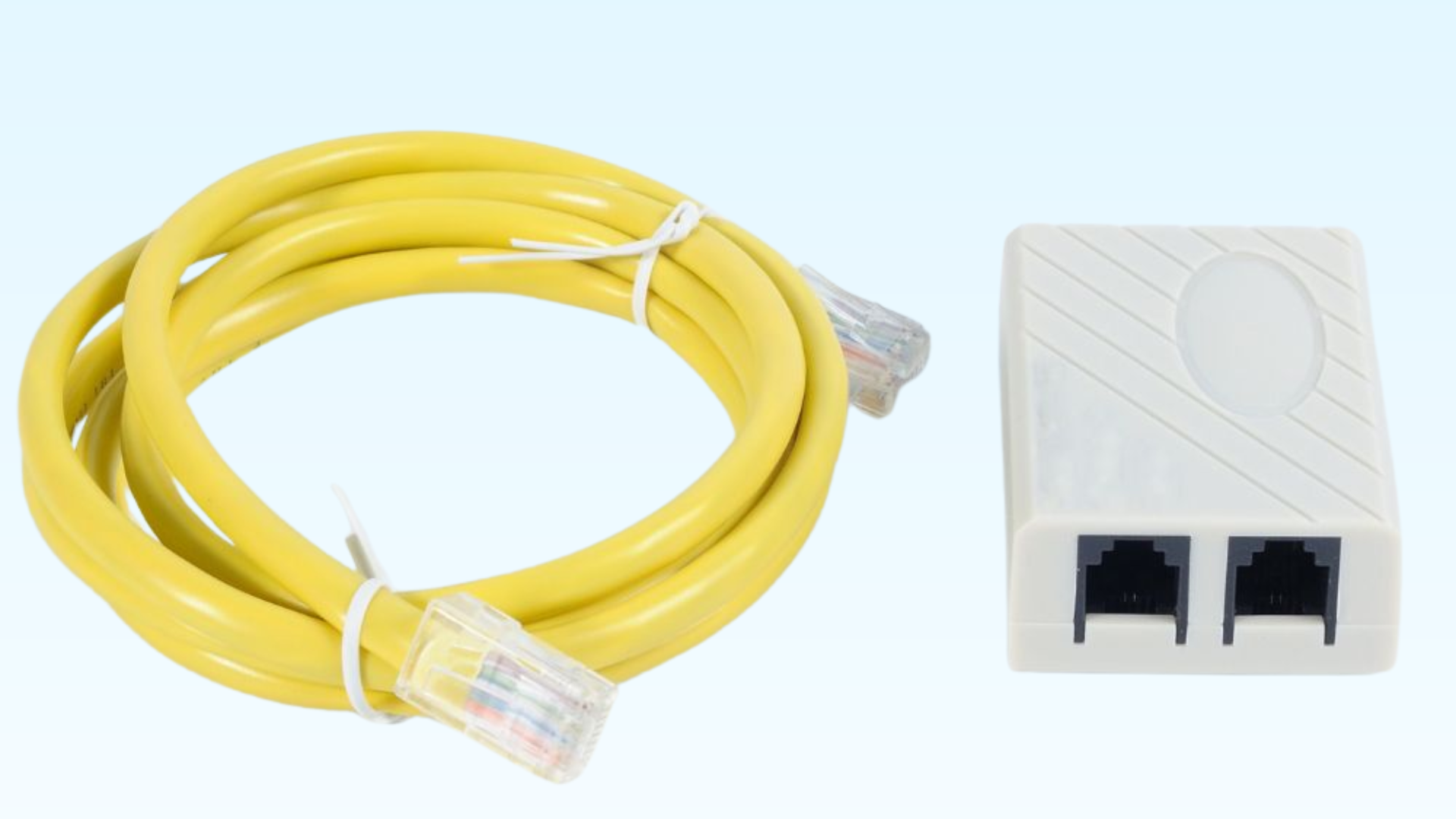

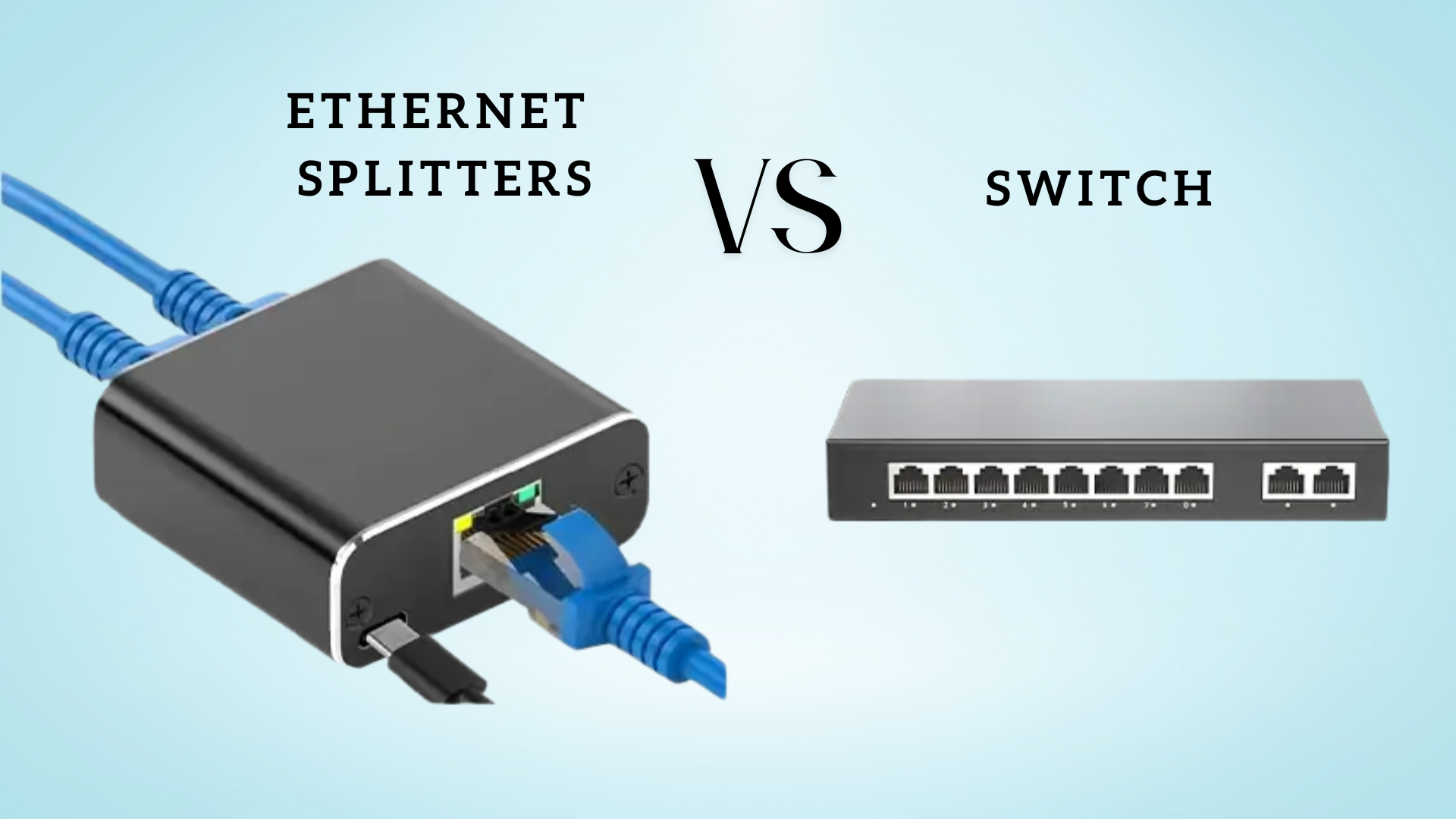


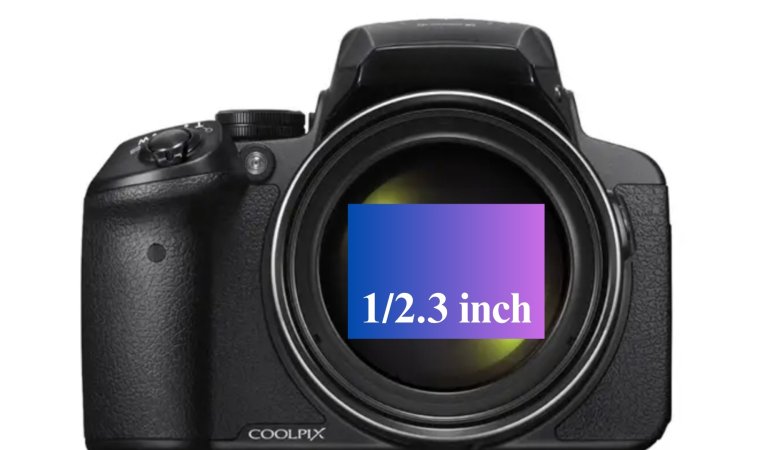

Leave a Reply